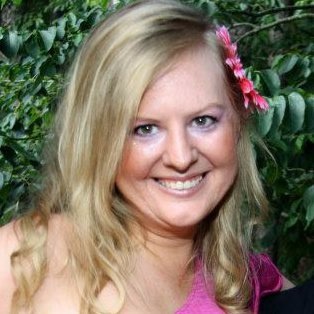I’m getting to that age. Recently a college friend turned to social media to ask how to treat crow’s feet. I don’t have that problem yet, but I know it’s coming soon.
She received a host of responses suggesting a variety of products, but the one that really caught my eye was advice that none of the advertised products really work.
Really? With all the medical breakthroughs we’ve seen in recent decades, we still haven’t discovered the non-surgical key to a youthful appearance. So, I started to research and realized it’s not only the fountain of youth that evades us.
We’ve learned to successfully transplant working hearts from one person to another, we’ve cured and prevented a whole host of diseases and we can make babies inside a test tube. Medical science has advanced society in so many ways, yet each year 180,000 people across the world die from burns – an external injury that could potentially be treated without surgery, without microscopes and without a single vaccination.
The Burn Epidemic
In many parts of the world, more people die from burns each year than from AIDS, malaria, influenza or sudden infant death syndrome. Yet countless campaigns seek to treat and cure these other dangerous ailments. Humans learned to tame fire millennia ago, but hundreds of thousands still die each year from burns.
It’s not as if burns are uncommon. In one recent year, almost 11 million people were treated for burns, according to the World Health Organization, 95 percent of whom live in developing countries. Not only are burns more frequent in overpopulated regions filled with outdated power sources, appliances and heating methods, but children are seven times more likely to die from burns in undeveloped nations.
Why do so many die from burns? Obviously, lack of sufficient medical care is a major factor. And without access to a doctor, people turn to household remedies, such as applying butter to burnt skin, that do more harm than good. When skin is substantially damaged, the body is exposed and vulnerable to every germ it comes into contact with.
Even under the best of circumstances, burn treatment is risky, painful and leaves victims with tragic scarring, often bordering on disfigurement. Improving burn treatment requires not only technological advances, but an inventive mind.
Advancements in Burn Treatments
Doctors in Tel Aviv use electrical impulses to control scarring, while medical professionals in Brazil have started treating burns with the skin of tilapia, freshwater fish rich in collagen. France’s Percy Military Hospital even uses viruses to attack antibiotic-resistant bacteria infecting burns.
Meanwhile, stem-cell research and biotechnology are rapidly advancing all sorts of medical fields, from cancer treatment to organ regeneration to reversing blindness. Dr. Augustinus Bader has been in the very center of these advancements.
Bader, a German professor of medicine who specializes in regenerating the skin of burn victims, developed an innovative treatment that sends signals to dormant stem cells in the body to activate them and trigger a regeneration response. The method circumvents the need to extract stem cells and cultivate new ones in a lab setting. It’s safer, less expensive and more efficient.
Munich surgeons have used Bader’s technology for more than a decade, treating burns and regenerating all sorts of damaged cells. But innovation doesn’t come cheap. Fortunately, the success attracted French investor Charles Rosier.
Partnering for a Cure
A globally-successful banker, Rosier uses his investing talents to support a variety of medical, environmental and humanitarian organizations, notably Professor Etienne Baulieu’s bio-pharmaceutical company Mapreg. Created in 2000, the research company seeks to find cures and treatments for fatal and resistant conditions like strokes, depression and Alzheimer’s.
When Rosier discovered Bader’s work, he immediately wanted to join forces with the German scientist in his biotechnology efforts. Together, the pair launched ASC Skin Therapeutics to explore opportunities created with Bader’s regeneration technology. And they are helping to finance those efforts with another joint venture, ASC Regenity.
“I was introduced to Professor Baulieu and his research,” Rosier said. “Without financial support, his research was going to end. I decided to take it on. The same opportunity arose with Augustinus, but with different implications. I put 100 percent of my time and 100 percent of my resources into this project which I believe in 100 percent.”
ASC Regenity, a cosmetics company, will market an anti-aging facial cream that utilizes Bader’s regeneration technologies. After all, if Bader can regenerate skin destroyed by fire, heat and chemicals, just imagine what the same or a similar process could do for dry skin and wrinkles? And whereas burn victims in undeveloped nations can’t afford to pay much for innovative treatments, the anti-aging industry is a $216.6 billion per-year business.
“What Augustinus Bader has developed is a revolutionary way to use stem cells,” Rosier said. “It’s a type of personalized medicine, because one’s own body is used for the healing process. It’s medicine suited to each person’s case and body, and it brings solutions in many situations where no solution exists today.”
Any profits generated through the sale of the cream will be directed to finance additional research and clinical trials within ASC Skin Therapeutics.
Combined, the two companies are already valued at more than $550 million, and the skin cream hasn’t even launched yet. The product, PPC Cellular Renewal Cream will be sold by some Los Angeles and Hong Kong dermatologists, a shop in Paris, as well as online this year.
I hope my friend reads this. There could be hope for her crow’s feet after all.


